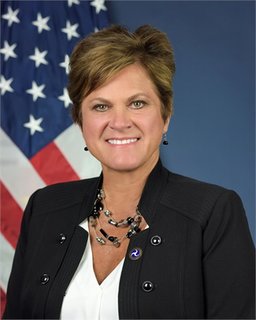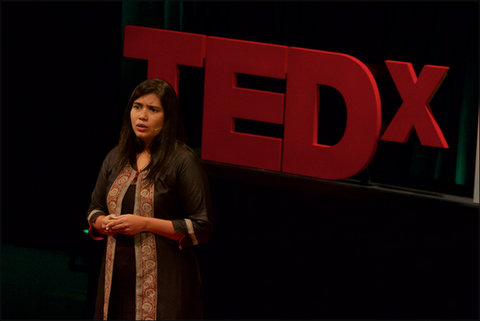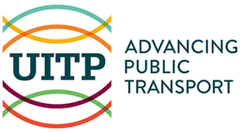Many women feel exposed to physical aggression, sexual harassment or other forms of unwelcome behaviour in public transporT.
In 2015, the International Transport Forum (ITF) launched a series of discussions on women in transport, in the form of formal and informal debates, which included transport ministers, international organisations and ITF business and civil society partners.
Ahead of this year’s ITF Summit on Transport Safety and Security, the organisation launched a comprehensive report compiling contributions from various points of view, from key stakeholders, passengers and employees of the sector.

K. Jane Williams, Acting Administrator, Federal Transit Administration, US Department of Transportation
Across the United States, transit systems are working to address the specific concerns of women and girls. For example, transit agencies are working to create a culture among their employees that ensures that every report of harassment and assault is taken seriously, including providing training to reinforce a culture of zero tolerance. Transit agencies also use advertising to educate community members on how to report incidents, as well as warn potential perpetrators that harassment will not be tolerated.

Maja Bakran, Deputy Director General for Mobility and Transport, European Commission
As transport users and workers, women and men are not equally affected; women face higher levels of violence. Reducing this gap is a matter of fairness, economic efficiency, equality of opportunity and full participation in society.


ElsaMarie D’Silva, CEO, Safecity
In India, where I am based, the recent Safecity Railway Audit report showed it is a problem here, too. Based on interviews with over 1,000 people at seven railway stations in Mumbai, 54% said they had experienced sexual harassment. Out of these, 88% were women. Touching and groping was the form of sexual harassment more frequently reported, and 34% of the women said they felt unsafe at the railway stations.

Aline Delatte, International Expert in Urban Mobility, Advocacy International Association of Public Transport (UITP) and Dionisio Gonzalez, Outreach Director, UITP
Expectations and needs of women have been too long neglected in public transport planning, mainly due to the “invisibility” of gender issues. The lack of disaggregated mobility data and the insignificant share of officially reported cases of harassment in public transport could have led to a careless development in terms of gender consideration. Additionally, the unequal representation of women in decision making, planning, and other levels of the public transport sector exacerbates the low awareness of women’s specific needs among public transport stakeholders.